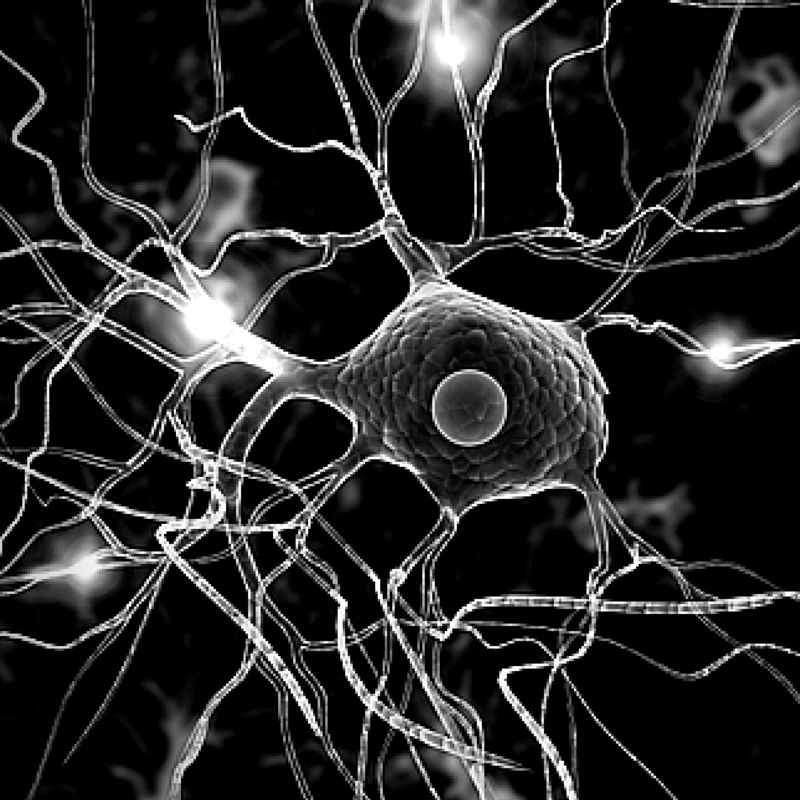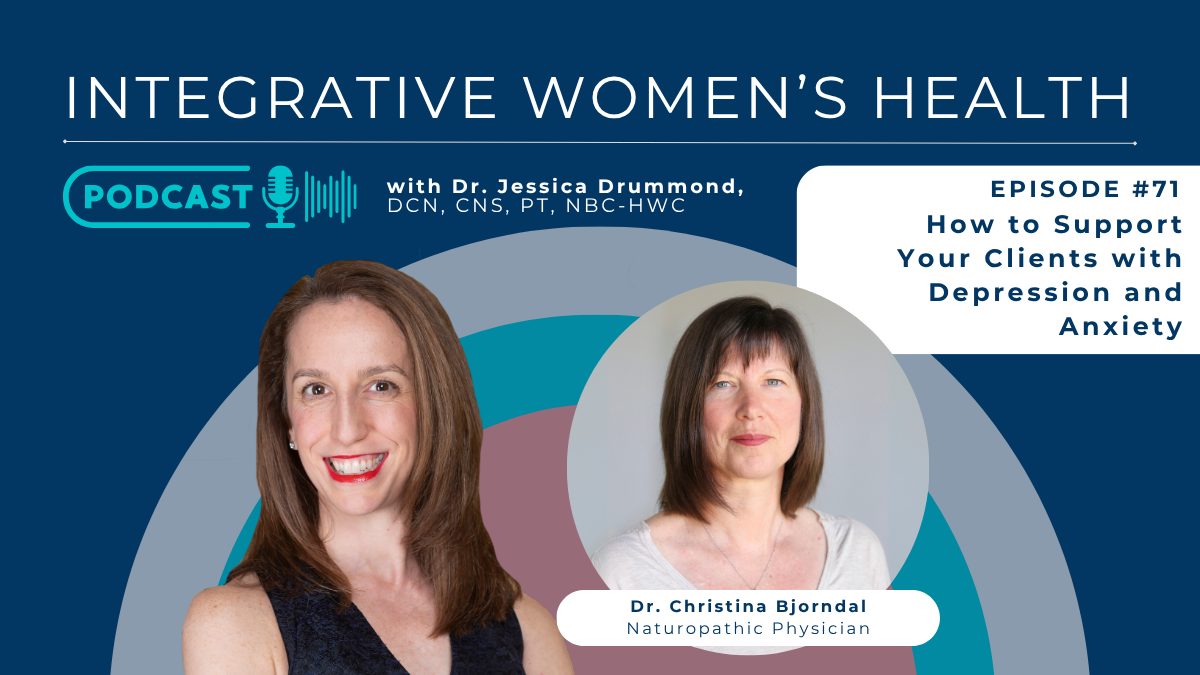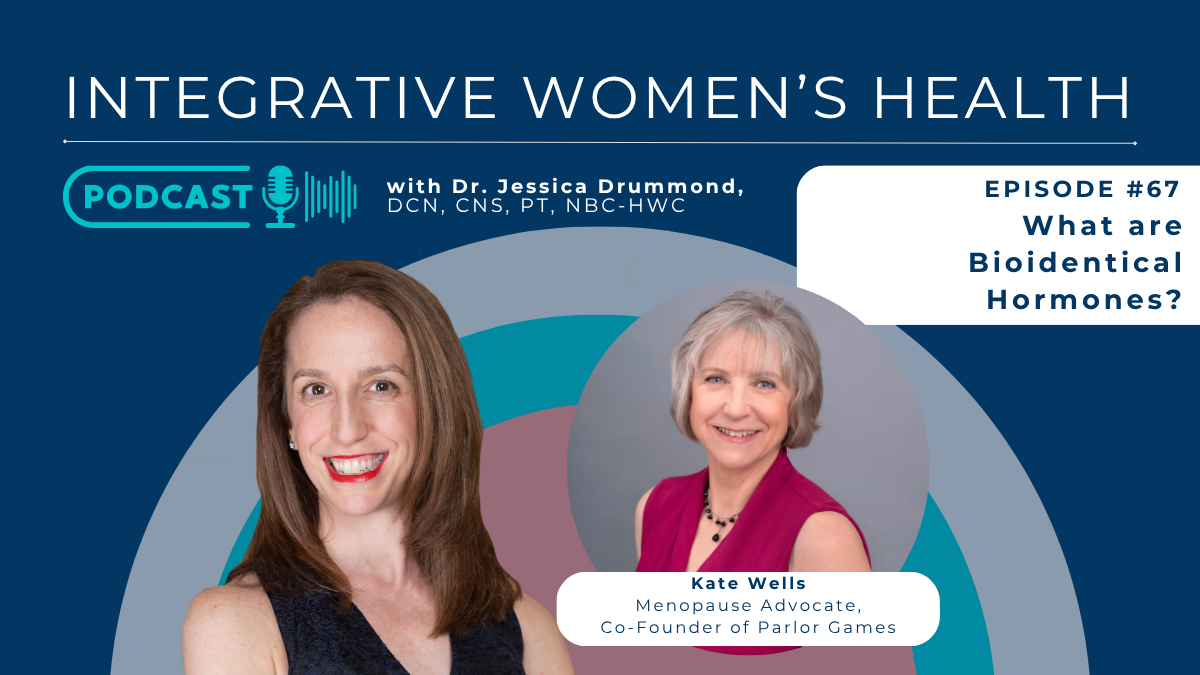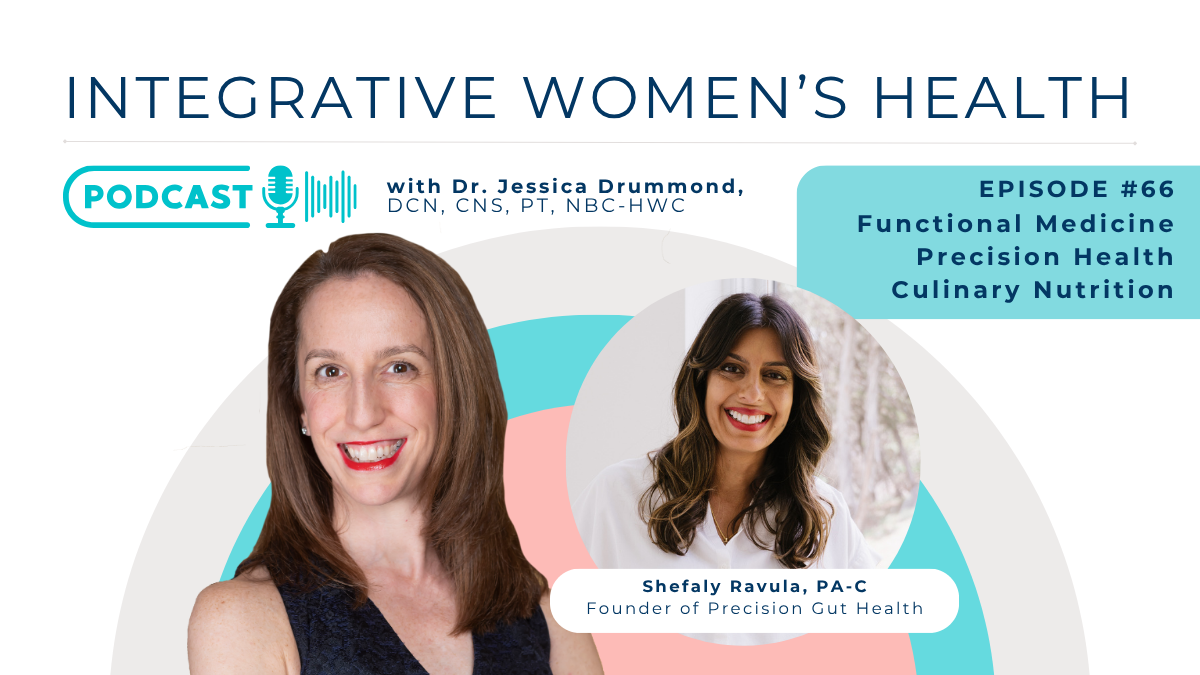It is well accepted that the nervous system is the ultimate “decider” when it comes to an individual’s pain response in any given moment. You have surely experienced this yourself when a paper cut feels like your whole hand is on fire, or when you wake up with a giant bruise on your leg and don’t even remember the injury (and you haven’t been drinking!)
What is the influence of the immune system on pain? How, specifically, can we impact the immune system to modulate chronic vulvovaginal pain, including vulvodynia or chronic vaginitis, in women with painful tampon insertion, painful gynecological exams, and painful sex?
In a 2010 review, Ren and Dubner, detailed several mechanisms of interaction between the immune system and the nervous system for how immune activity can sensitize the nervous system resulting in a lower threshold for a pain response, even in a minor injury or an issue that has long since resolved, but has become a chronic pain situation for the patient (Ren & Dubner, 2010).
An injury initiates the release of immune mediators that activate toll like receptors on keratinocytes and mast cells close to the nerve terminal (Ren & Dubner, 2010). Vasodilators are also released, promoting adhesion and transmigration of immune cells. Activated immune cells (including T cells, neutrophils, monocytes, and macrophages) release inflammatory mediators that act on nearby nociceptors, inciting peripheral nervous system sensitization. Some of the mediators involved are histamine and inflammatory cytokines, including TNF-α and IL-15.
The communication between the immune system and the nervous system is not just unidirectional, the nervous system secretes communication molecules as well. Nociceptive nerve terminals secrete substance P and other neuropeptides which promote vasodilation and leakage of immune cells (Ren & Dubner, 2010.) Alterations to the normal gut microbiota can also increase substance P release in the nervous system (Bested, et al., 2013). Clearly, the immune system, nervous system, and the microbiome collaborate when it comes to pain. Substance P in the colon is increased following antibiotic-induced dysbiosis of the intestinal microbiota (Holzer & Farzi, 2014).
In animal models, inflammatory pain is reduced in germ free mice (sterile mice who do not have an established microbiota) (Holzer & Farzi, 2014). Some probiotic therapies can also attenuate visceral pain, including supplementation with Lactobacillus reuteri and Lactobacillus paracasei.
Let’s return to our patient with vulvovaginal pain…
Dysbiosis in the vaginal canal is common in women with chronic vulvodynia. Patients with vulvar pruritus and vulvodynia were more likely to self-report a history of gynecologic infections than annual examination controls in a recent University of Michigan study (Cohen-Sacher, et al., 2015).
To quiet the overactivity of the immune system in the vulvovaginal canal with the intention of down regulating the nervous system’s pain response, there are several tools that can be employed clinically:
1. The use of boric acid suppositories are helpful both for vaginal candidiasis and Trichomonas vaginalis (Brittingham & Wilson, 2014), and a randomized controlled trial is currently in progress to assess the effectiveness of the use of boric acid suppositories in bacterial vaginosis (Zeron Mullins & Trouton, 2015).
2. There is considerable overlap between vulvodynia and functional bowel disorders like irritable bowel syndrome. Women with vulvodynia are 2 to 4 times more likely to be diagnosed with IBS (Leusink, et al., 2016). Food sensitivity or allergy to gluten and other foods is common in patients with IBS (Mansueto, et al., 2015), thus using an individualized elimination diet approach for patients with vulvodynia may also reduce vulvar and sexual pain flares.
3. Probiotic strains including Lactobacillus rhamnosus GG, Lactobacillus reuteri and Lactobacillus paracasei have been found to improve IBS related visceral pain (Holzer & Farzi, 2014), and Bifidobacterium bifidum, L. casei, L. acidophilus, L. reuteri and Streptococcus thermophiles have been shown to up regulate the regulatory T cells, which are involved in shutting down the immune response after injury Kang & Im, 2015). Adding probiotic foods and supplements with an emphasis on strains that have been shown to reduce IBS visceral pain and quiet the immune response are likely to improve vulvovaginal symptoms.
4. Not only is supplementing with specific probiotic strains potentially useful, but for women with vulvovaginal pain, eating a diet that promotes the health of the gut microbiota in general and reduces inflammation may be useful in reducing the sensitivity of the nervous system. Eating a food plan that focuses on high fiber, high fruit and vegetable content, with adequate and high quality fats including olive oil, nuts, seeds, and avocado, and organic, antibiotic free, grass-fed, and low toxin sources of protein has been shown to benefit the health of the gut microbiota (De Filippis et al., 2015).
5. Finally, modulating the endocine system may also have an effect on inflammation and ultimately the pain response. For women with vulvovaginal pain decreasing serum cortisol/high-sensitivity C-reactive protein ratios (suggestive of an insufficient release of cortisol, indicating a poor stress response) coupled with a heightened inflammatory state, were associated with increasing severity of depressive symptoms, decreasing quality of sleep, and increasing frequency of sleep disturbance (Suarez, et al., 2015). Being dignosed with vulvodynia is more likely among women with with pre-existing psychological or sleep disorders (Reed et al., 2014).
I hope that this discussion of the connection between the immune system and vulvovaginal pain, and some of the clinical ideas for promoting the health of the immune system, nervous system, gut microbiota, and ultimately vulvovaginal health and symptom relief have been helpful for your practice.
References:
Bested, A. C., Logan, A. C., & Selhub, E. M. (2013). Intestinal microbiota, probiotics and mental health: from Metchnikoff to modern advances: part III – convergence toward clinical trials. Gut Pathogens, 5, 4. http://doi.org/10.1186/1757-4749-5-4
Brittingham A., & Wilson W.A. (2014) The antimicrobial effect of boric acid on Trichomonas vaginalis. Sex Transm Dis, 41(12), 718-22. doi: 10.1097/OLQ.0000000000000203
Cohen-Sacher B., Haefner H.K., Dalton V.K., & Berger M.B. (2015) History of Abuse in Women With Vulvar Pruritus, Vulvodynia, and Asymptomatic Controls. J Low Genit Tract Dis, 19(3), 248-52. doi: 10.1097/LGT.0000000000000075
De Filippis F., Pellegrini N., Vannini L., Jeffery I.B., La Storia A., Laghi L., Serrazanetti D.I., Di Cagno R., Ferrocino I., Lazzi C., Turroni S., Cocolin L., Brigidi P., Neviani E., Gobbetti M., O’Toole P.W., & Ercolini D. (2015) High-level adherence to a Mediterranean diet beneficially impacts the gut microbiota and associated metabolome. Gut, Sep 28 doi: 10.1136/gutjnl-2015-309957
Holzer, P., & Farzi, A. (2014). Neuropeptides and the Microbiota-Gut-Brain Axis. Advances in Experimental Medicine and Biology, 817, 195–219. http://doi.org/10.1007/978-1-4939-0897-4_9
Kang H.J., & Im S.H. (2015) Probiotics as an Immune Modulator. J Nutr Sci Vitaminol (Tokyo), 61 Suppl:S103-5. doi: 10.3177/jnsv.61.S103
Leusink P., Kaptheijns A., Laan E., van Boven K., & Lagro-Janssen A. (2016) Comorbidities Among Women With Vulvovaginal Complaints in Family Practice. J Sex Med, Jan 9. pii: S1743-6095(15)00026-0. doi: 10.1016/j.jsxm.2015.12.010
Mansueto, P., D’Alcamo, A., Seidita, A., & Carroccio, A. (2015). Food allergy in irritable bowel syndrome: The case of non-celiac wheat sensitivity. World Journal of Gastroenterology : WJG, 21(23), 7089–7109. http://doi.org/10.3748/wjg.v21.i23.7089
Reed, B. D., Legocki, L. J., Plegue, M. A., Sen, A., Haefner, H. K., & Harlow, S. D. (2014). Factors Associated With Vulvodynia Incidence. Obstetrics and Gynecology, 123(2 0 1), 225–231. http://doi.org/10.1097/AOG.0000000000000066
Ren, K., & Dubner, R. (2010). Interactions between the immune and nervous systems in pain. Nature Medicine, 16(11), 1267–1276. http://doi.org/10.1038/nm.2234
Suarez, E. C., Sundy, J. S., & Erkanli, A. (2015). Depressogenic vulnerability and gender-specific patterns of neuro-immune dysregulation: What the ratio of cortisol to C-reactive protein can tell us about loss of normal regulatory control. Brain, Behavior, and Immunity, 44, 137–147. http://doi.org/10.1016/j.bbi.2014.09.008
Zeron Mullins, M., & Trouton, K. M. (2015). BASIC study: is intravaginal boric acid non-inferior to metronidazole in symptomatic bacterial vaginosis? Study protocol for a randomized controlled trial. Trials, 16, 315. http://doi.org/10.1186/s13063-015-0852-5







